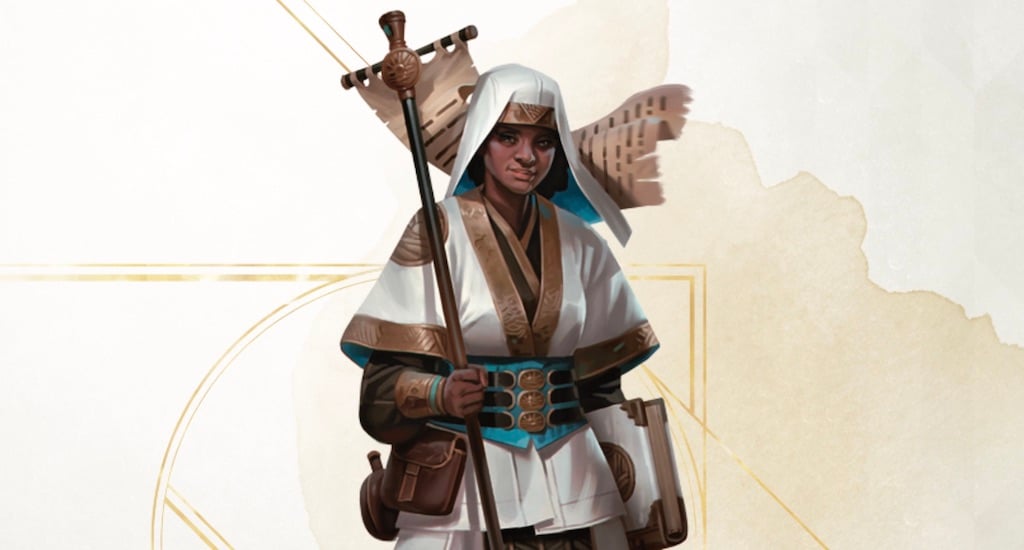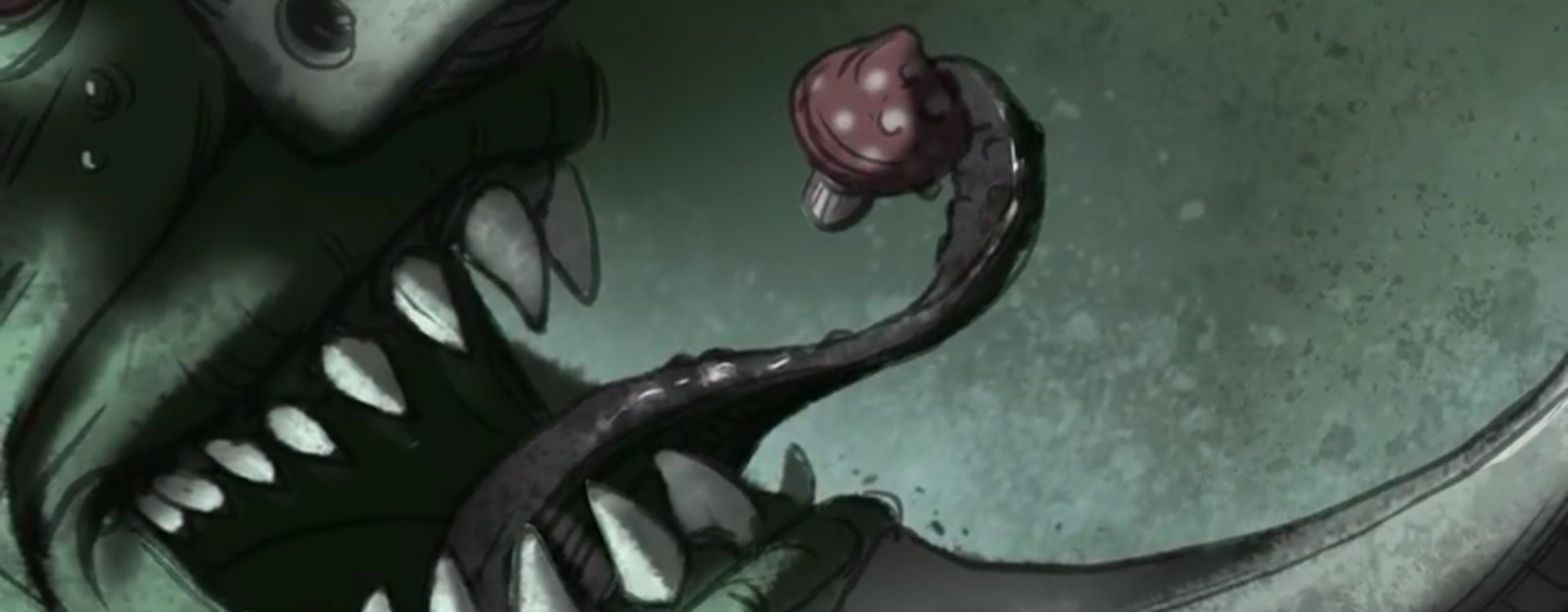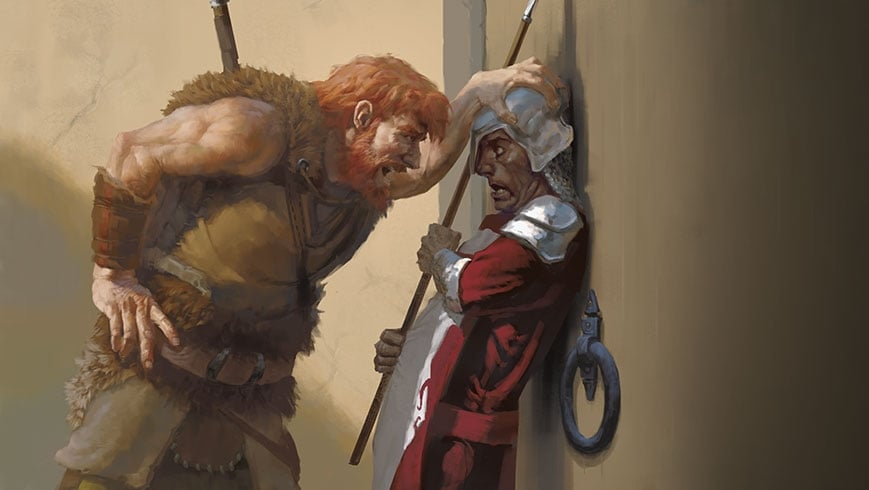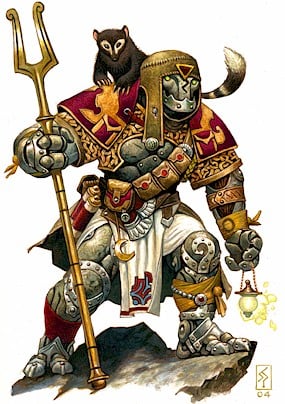D&D: Druid, Fighter, and Wizard Subclasses


This month, Unearthed Arcana returns with three new subclasses, check them out inside.
Unearthed Arcana is back in a big way with three new subclasses on display. There are a few outside-the-norm mechanics here, so some interesting rules to digest this time around. We have the Circle of Spores for Druids, the Brute Fighter, and the Inventor School of Magic for Wizards.
Each of these subclasses provides an interesting insight into the perspective of these classes. The Circle of Spores in particular is a unique take on the Druid, placing them somewhere between life and death. Let’s dive in and see what each of these classes has to offer.
via Wizards of the Coast
Circle of Spores
First up we have the Circle of Spores Druid. As mentioned earlier, these druids find their place between life and death.
Druids of the Circle of Spores find beauty in decay. They see within mold and other fungi the ability to transform lifeless material into abundant, albeit somewhat strange, life. These druids believe that life and death are portions of a grand cycle, with one leading to the other and then back again. Death is not the end of life, but instead a change of state that sees life shift into a new form.
Advertisement
As you might be picking up on from the fluff there, these druids don’t despise the undead–viewing them as a curious part of the cycle, harbingers of decay who help speed the living to death and a strange sort of life in death at the same time. They still hate undead that would wipe out all life and replace it with undeath, and nobody but wizards love liches–even still it’s an interesting position for Druids to take.
Their powers skew necromantic as well, with bonus spells like chill touch and animate dead supplementing the traditional Druid Spell list. Add in an always prepared blight or cloudkill, and you have a serious magical punch at your disposal.
And the advocate of fungi and beauty in decay is complemented by the two defining class features. First there’s Halo of Spores, which allows you to use your reaction on your turn to deal a fixed amount of poison damage to enemies, starting at 3 and scaling up to 12.
This is a fairly big deviation from the norm–usually reactions are used when it’s not your turn, and this damage is dealt at your whim top a creature within 10 feet of you. No save, no hit roll, no conditions, just damage. Now, it isn’t very much, but the second defining feature of the class helps this hit a little harder.
Symbiotic Entity lets you trade in a Wild Shape transformation to instead awaken the spores that infest your body, empowering your Halo of Spores to deal double damage, granting you temporary hit points, and adding 1d6 poison damage to your melee attacks.
It’s not a bad transformation, and one that requires no concentration. But how much it’s worth the wild shape is debatable. Definitely not as strong as the Moon Druid, but you do get combat prowess and spellcasting, so. The other abilities like Fungal Infestation let you create a 1hp zombie when you kill someone with spore damage, and Spreading Spores lets you hurl a cube of spores at an enemy and create a lingering zone of damage that doesn’t eat up your action. The capstone, Fungal Body, renders you immune to many types of damage and critical hits, which is certainly nothing to sneeze at.
All in all, this Druid feels pretty cool. Of the three subclasses, this one feels like it introduces the most interesting angle on the class, with the most polished mechanics.
Brute
The Brute archetype is all about dealing damage.
Brutes are simple warriors who rely on mighty attacks and their own durability to overcome their enemies. Some brutes combine this physical might with tactical cunning. Others just hit things until those things stop hitting back.
Subscribe to our newsletter!Get Tabletop, RPG & Pop Culture news delivered directly to your inbox.By subscribing you agree to our Terms of Use and Privacy Policy.
Honestly, the brute feels like an alternative to the Champion, trading in durability for damage dealing. The first thing a Brute gets is Brute Force which adds an extra die of damage to each attack, and like a monk’s unarmed damage, it scales from 1d4 to 1d10. Higher level Brutes can add 1d6 to any saving throw, get an extra fighting style, and with Devastating Critical, they gain their level to damage on critical hits. The capstone gives them regeneration at 5 + Con Modifier per round as long as they’re under half hp, so even more durability.
Honestly this one is fine, but a little underwhelming. The extra damage is nice, but the Brute feels too similar to the Champion–the name puts me in mind of a brawler archetype for fighters. Some kind of Porthos or Fezzig or Samonosuke analogue–sure they’re good with a sword, but they’re tough and will just as readily punch your lights out. There’s one in every movie.
The School of Invention
Finally we have the Inventor Wizard, which presents a very interesting take on the standard idea of a wizard.
The School of Invention claims credit for inventing the other schools of magic—a claim other wizards find absurd. Wizards of this school push magic to its limits. They stretch the known laws of arcane power and strive to reveal important truths about the nature of the multiverse. Adherents of this school believe that innovation is best served through experimentation. They have a reputation for acting first, thinking second. Most wizards are scholars who have mastered their craft through careful study, rigorous practice, and endless hours of repetition. These wizards would rather throw spells together and see what happens.
The inventor gets all kinds of disparate features, starting with Arcanomechanical Armor, which is a transmogrified suit of studded leather that requires attunement and gives you 12 + Dex to AC, and resistance to Force Damage. Which is cool, but very costly, and it feels out of place for it to come from leather armor. And cool name aside, this armor, which gives a worse AC than Mage Armor and can’t be upgraded, isn’t even a key feature of the class. That’s all it ever does.
Reckless Casting is the backbone of the class, giving wizards the opportunity to cast a spell they don’t have prepared by expending a slot and rolling a d10 on a chart. There’s a chance you’ll cast one or two spells chosen at random from the charts which can include Fireball, Lightning Bolt, or, say Feign Death. No guarantee you’ll get what you want, or something useful out of it. But still, there’s a chance for something cool and unexpected to happen.
At 6th level you can expend extra slots for more damage or the ability to swap one kind of elemental damage for another, and the capstone ability keys you trade spell slots up for randomness.
This one feels like its got a cool idea at the core of it. There’s definitely room for a wizard who plays fast and loose and tries to improvise–and the armor feels like it could fit am Eberron campaign especially. But it all feels a little scattershot.
As is, the armor feels like a mechanic for the artificer, the reckless casting like it wants to be a wild magic sorcerer on steroids, and the spell empowering stuff feels more like a Sorcerer. Still I like this idea and would want to see it try and get a rework. Maybe a wizard could use their prepared spells to create some variant effects depending on the spell school used in the slot, giving wizards access to a little of each of the schools as needed. I’m not sure, but that feels a little more like what makes a Wizard a Wizard, you know?
At any rate, a survey will be sure to follow, but in the meantime you can find the entire document here.
Read the Unearthed Arcana
Happy Adventuring!






